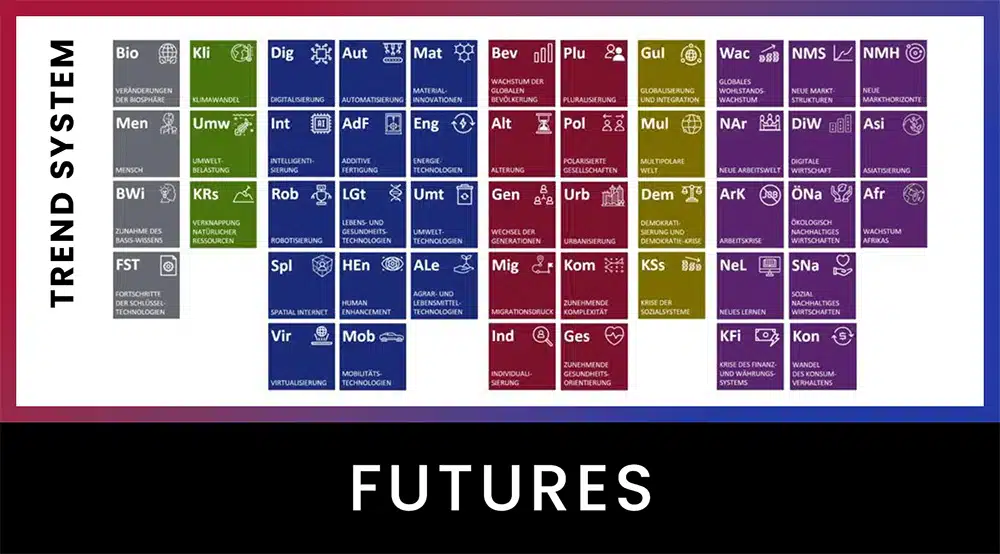The next ten years will radically change freight transport by road. Where they still exist, drivers will take on entirely new roles.
The transportation of the future is intelligent, networked and automated. In the public debate, the use of autonomous commercial vehicles is not discussed as much as the topic of automated passenger cars. Probably because it affects most people only indirectly. The development in this area is progressing rapidly. Driverless trucks could be rolling along the roads much sooner than expected. Compared to traffic in urban areas, the challenges for automating transportation on highways are less complex. At the same time, the business advantage of autonomous transports is enormous. In the rather low-margin logistics industry, this is a decisive argument. It is therefore not surprising that all established manufacturers, major logistics service providers and numerous start-ups are pushing the issue of autonomous trucks.
They are all working flat out to automate their vehicles. Pilot projects such as the test operation of MAN platooning technology show where the journey is heading. Self-driving trucks have been on the road for Schenker on the A9 between Nuremberg and Munich since 2018, the first practical use of networked truck convoys in Germany. Two trucks with trailers drive along the A9 at a distance of 15 meters. The front truck is still driven by a driver, while the rear truck is controlled by a computer. Volvo Trucks is also testing autonomous trucks. The Volvo Vera tractor unit is an autonomous electric vehicle that is designed for standard containers and trailers and operates with significantly lower exhaust emissions and low noise levels. It was presented at last year’s IAA and no longer even has a driver’s cab. It is controlled and monitored by a control center.
The next ten years will see a gradual transition from driver assistance systems (levels 1 to 2) to highly automated driving (level 4). Experts expect a broader introduction of level 4 trucks around 2025. Fully autonomous trucks could be on the roads by 2030 (level 5). The decisive factor here is not so much the technological hurdles, but the legal situation. This leads to uncertainties in forecasting when driverless trucks will be used as standard. The law still stipulates that a driver must at least be on board.
Professional driver – a job with a secure future?
The increasing automation of trucks raises an important question: How future-proof is the driving profession? The advantages of autonomously driving trucks are repeatedly emphasized. The operating times of the vehicles can be increased. Rest and idle times are eliminated. A continuous flow of goods, higher delivery accuracy are possible. The higher efficiency promises radically lower operating costs. It is estimated that the digitization of logistics and autonomous trucks will lead to cost savings of 25 to 40 percent per kilometer. To state it clearly: Most of these savings will be achieved by reducing personnel. How will the requirements profile and the specific activities of the truck driver change if he or she, unoccupied, is only used as the very last safety instance (Level 4) or not at all (level 5) is needed? Talking about relieving the driver during monotonous highway trips and longer rest periods, etc., partially obscures the fact that the driver is being challenged less and less and thus an entire job description is losing its appeal. Potential young drivers are already likely to ask themselves whether training as a professional driver is still worthwhile.
Driver shortage vs. automation
A large percentage of professional drivers will retire in the coming years. The industry already has a shortage of around 45,000 drivers, and this number is expected to more than quadruple in the next ten years. Discussions about the future security of the driving profession are likely to lead to uncertainty among young drivers and even exacerbate the driver shortage. Against this background, automation could be an effective tool for counteracting the driver shortage. However, it can be assumed that the driver shortage and rationalization effects due to automation will overlap at a point in time X, and with a broad introduction of Level 5 vehicles, job losses are imminent or drivers will have to take on other, possibly completely new tasks. But which ones could they be? Possible answers are offered by these three conceivable scenarios for the year 2029, each with different requirement profiles. The scenarios are not so much an ‘either-or’ as a ‘both-and’. They can be intertwined in parallel or in chronological sequence.
1. On-board manager
If the law does not change, there will still have to be a driver on board to be able to intervene and take over the vehicle in an emergency. In reality, however, the driver will spend almost 100 percent of his time on other tasks such as communicating with customers, maintaining data (digital freight documents, logs, etc.), monitoring the condition of the load and maintaining the vehicle. He will also be responsible for controlling 3D printing processes on board. Lower stress levels and a more varied job profile will make the profession more attractive.
2. Remote driver
With greater liberalization, the entire logistics process will be automated. Autonomous trucks will then no longer need a driver on board. However, they must be monitored remotely. The remote driver will control ten or more trucks from a remote monitoring center and benefit from a significantly improved work-life balance as overtime is eliminated and he works close to home. This will also make the profession more attractive to generations Y and Z.
3. Short driver
As globalization continues to advance and e-commerce booms, the transport of goods will continue to rise sharply. While the transportation of goods over long distances will be fully automated, the need for drivers in inner-city areas (last mile) and between production and transshipment sites and the major logistics hubs may continue to rise sharply, as a driver may still be required by law or other process requirements may make a driver necessary. The profession will become more attractive due to the locally limited area of operation and rising wages. Drivers will take on more of a service role here, as they will often be the only face that customers of online retailers will see.
All scenarios require a reorientation of the driving profession to varying degrees. As in all industries, digitalization and automation will cause qualifications to adapt to requirements and jobs to shift in part to new professions that are not even conceivable today. The longer the time horizon considered, the more radical this transformation will be.
I wish you a bright future!
Have a bright future!


































